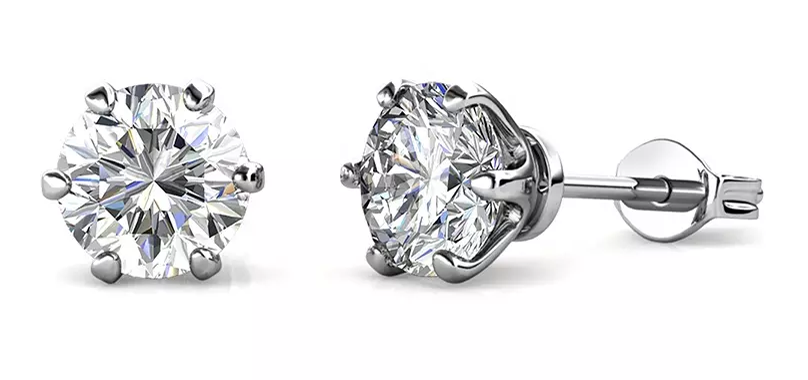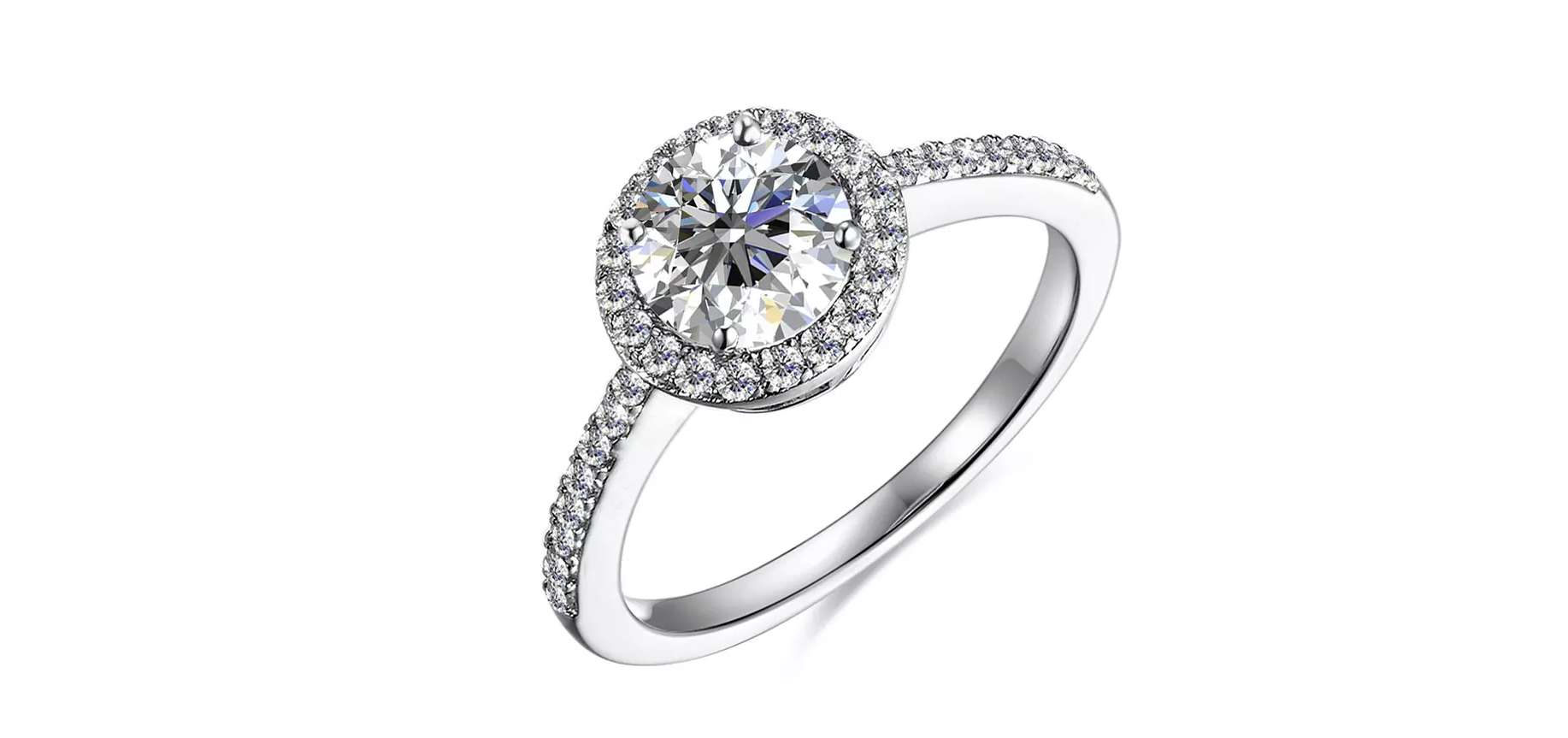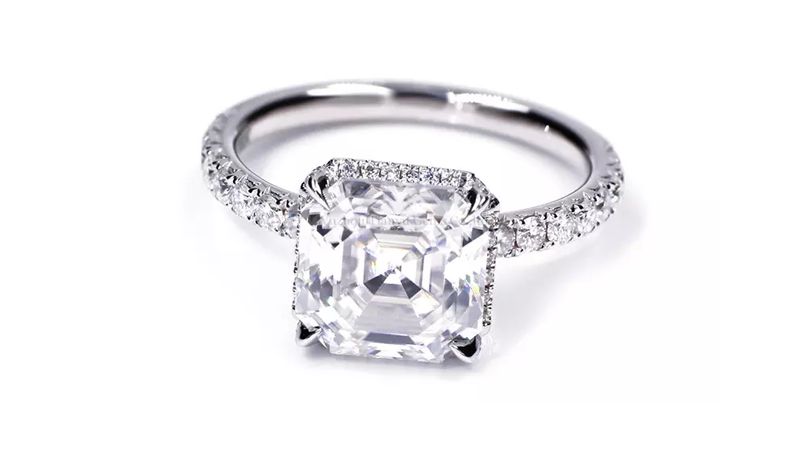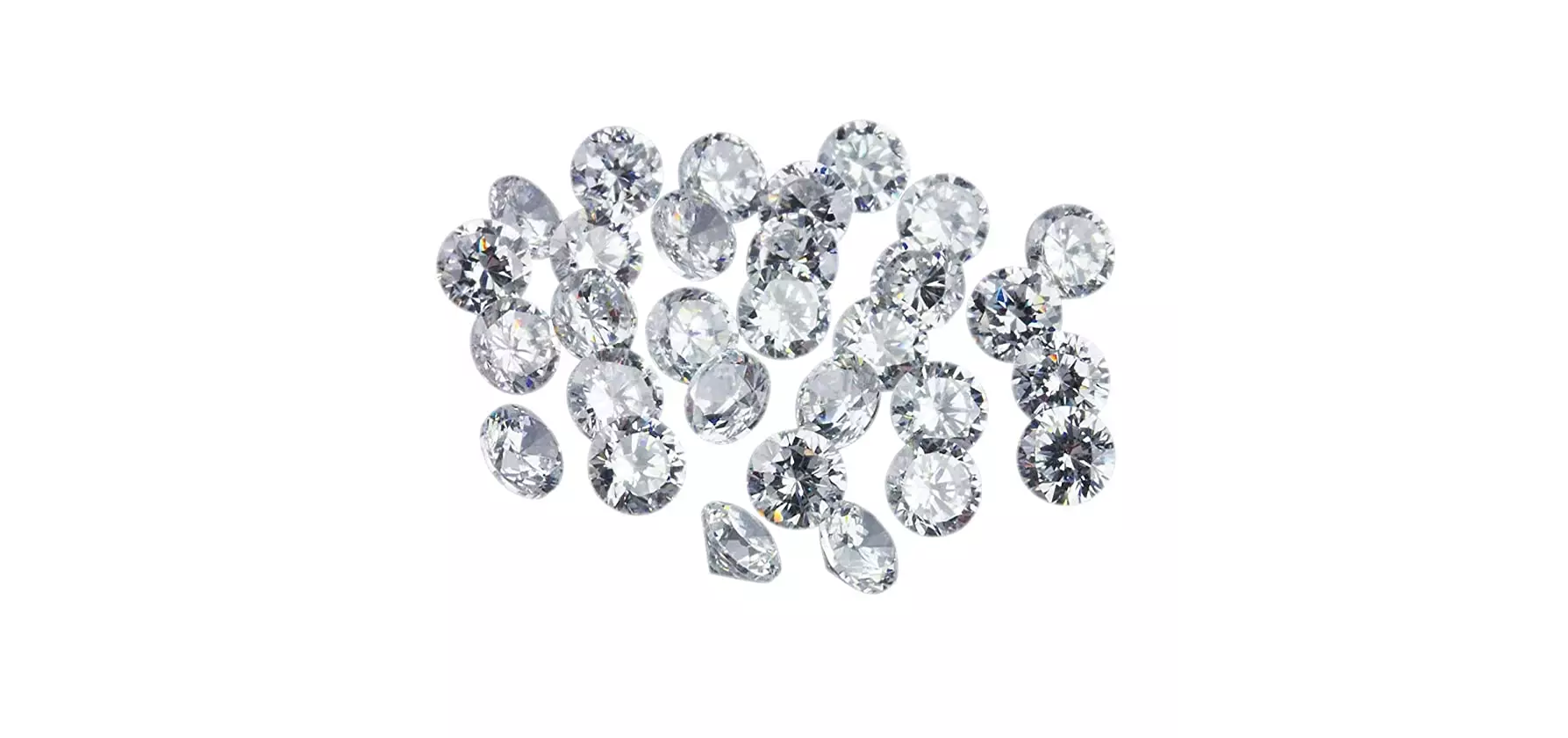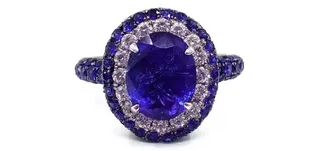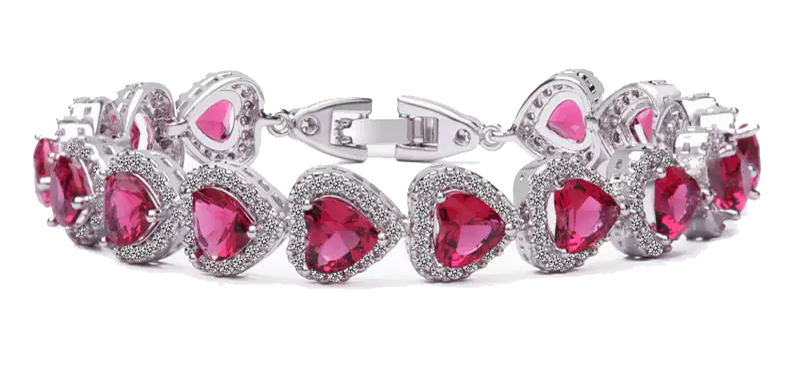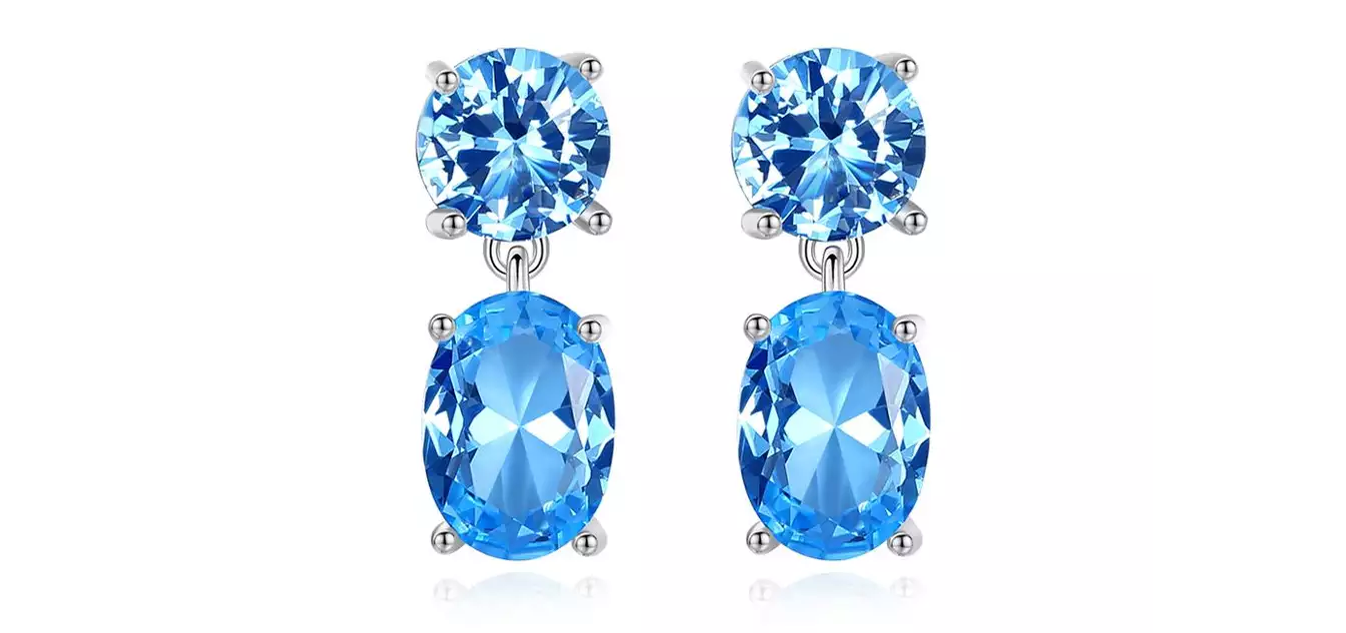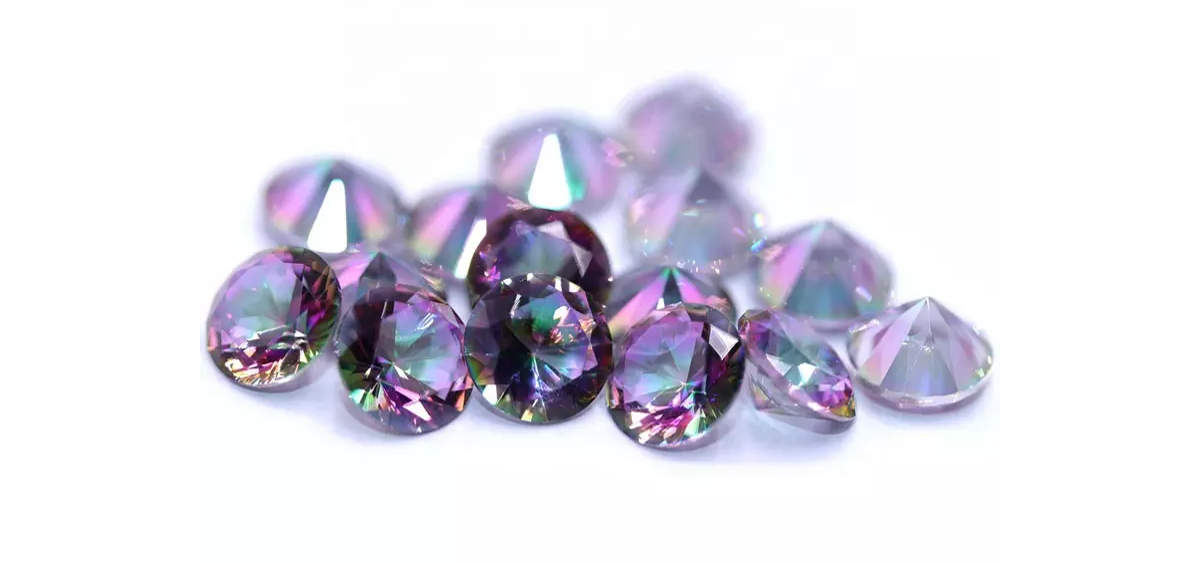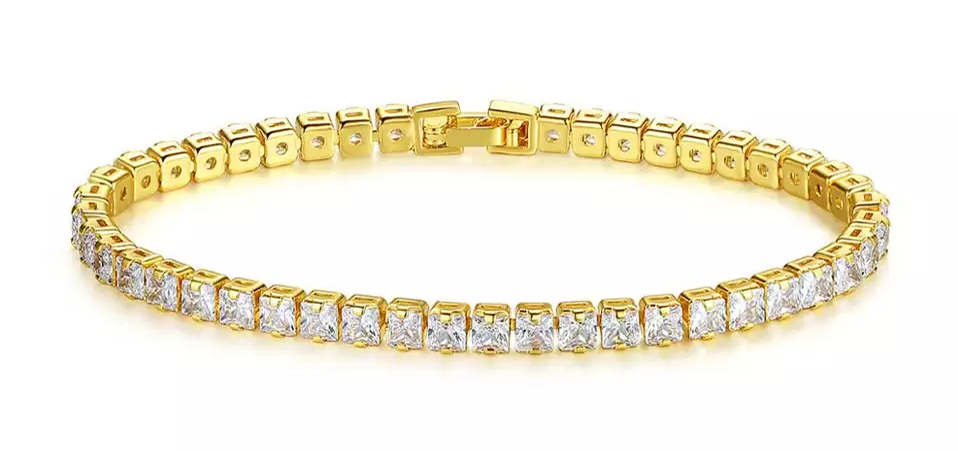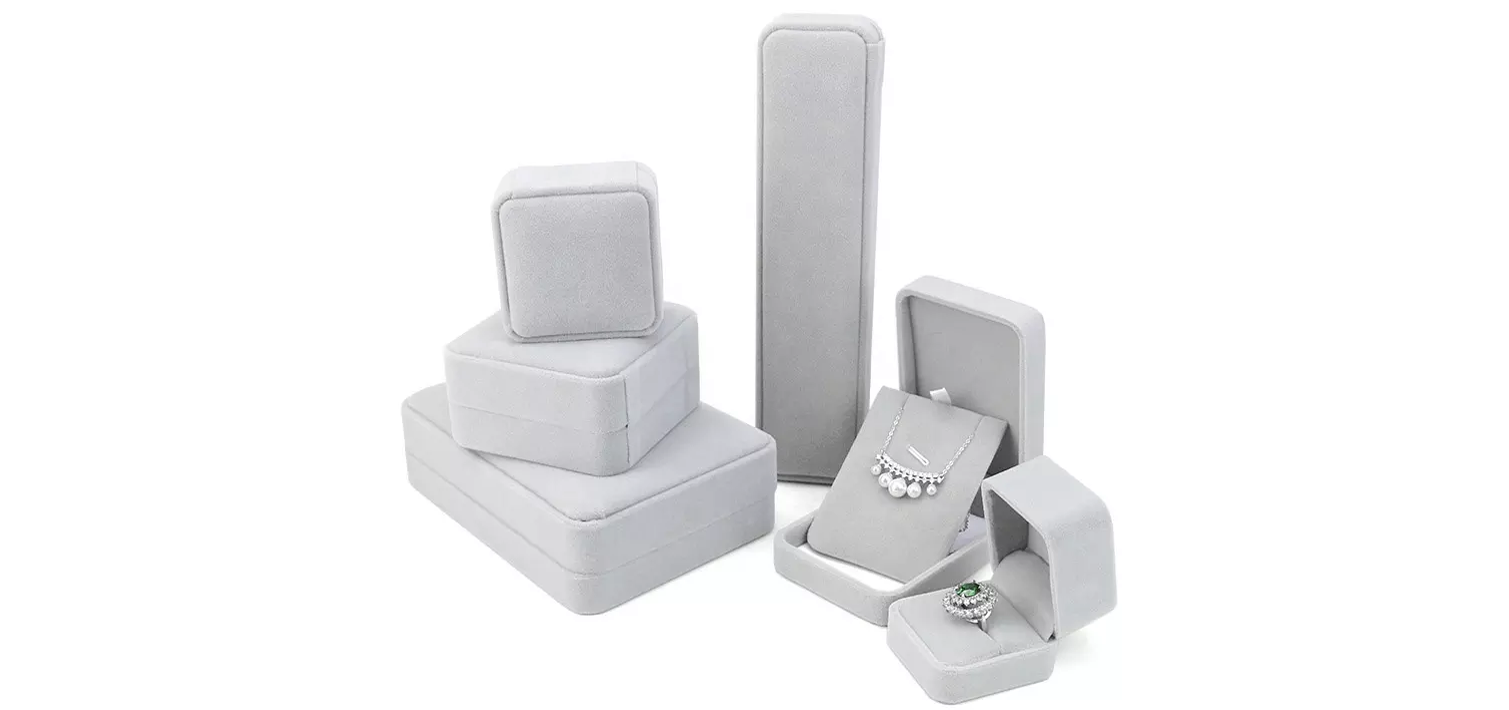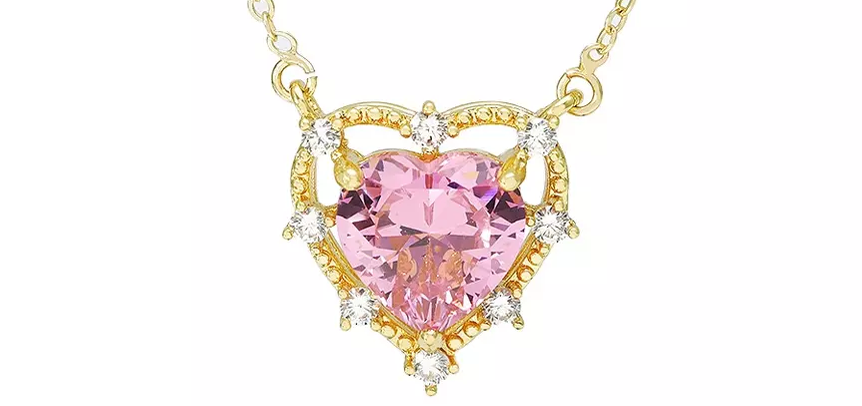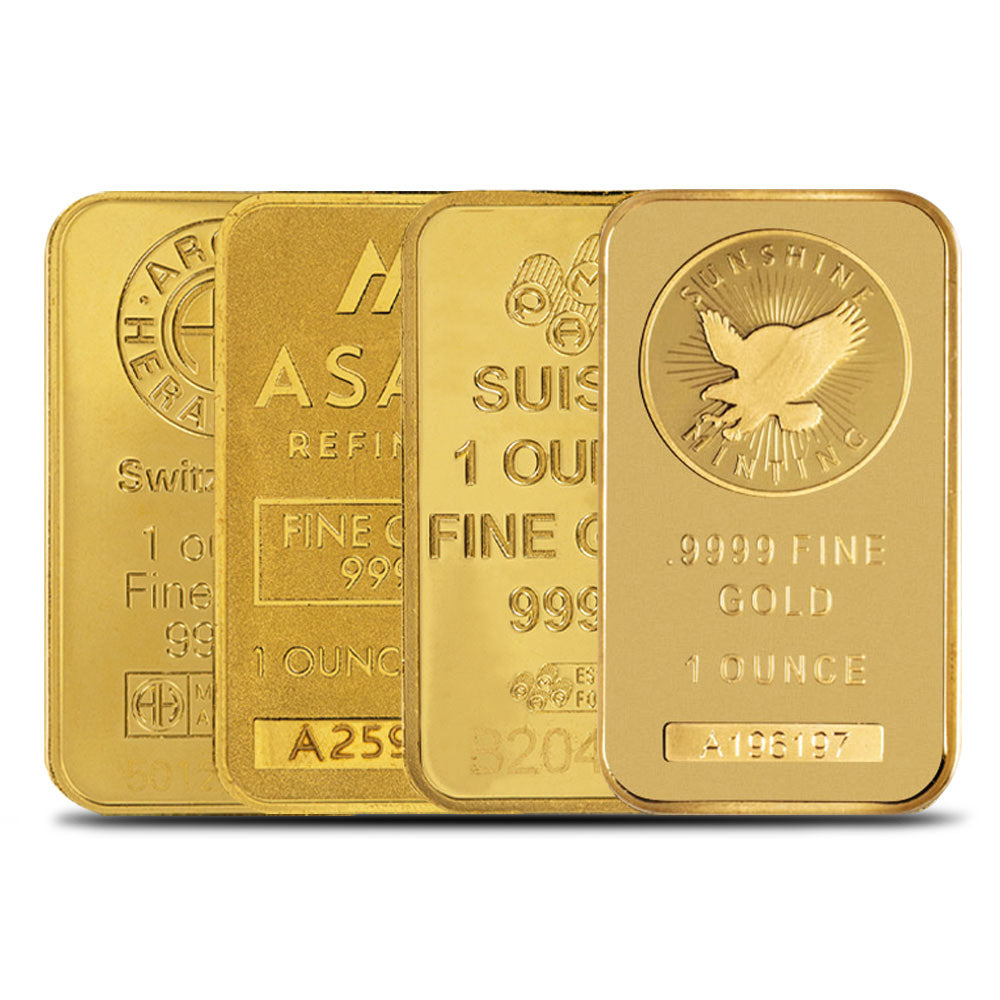Gold Education
Gold has been a human fascination since the beginning of recorded history. Gold has been found lining Paleolithic caves dating back to 40,000 B.C., it has been used as the capstone of the ancient Pyramids of Giza, and has even been mentioned in biblical times. It is one of the most enduring of precious metals and is resistant to tarnish, rust, and corrosion. Owning a piece of gold jewelry is like owning a piece of history that will last a lifetime. To help you better select which type of gold suites your needs, Silverandgold.com has created a guide to explain the difference in Purity, Color, and Plating to ensure you find the right piece for you!

Purity
Gold purity is the first thing you should review when shopping for gold jewelry. It may sound complicated, but you're actually probably already familiar with gold purity. Because pure gold isn't suitable for jewelry making, it's alloyed (or mixed) with other metals to add strength and durability. The ratio of gold to alloy is measured in Karats (not to be confused with gemstone carats, which are different). Silverandgold.com has created the table below to help you understand the different gold purities.
|
Gold Karat |
Stamps, Markings |
Pure Gold Content |
Meaning |
|
24K |
24K, 24kt, 999 |
100% |
Tends to bend or scratch easily/too soft for jewelry |
|
22K |
22K, 22kt, 916, 917 |
91.7% |
Tends to bend or scratch easily/too soft for jewelry |
|
18K |
18K, 18kt, 750 AU |
75% |
Ideal for fine jewelry, often has a fuller color tone |
|
14K |
14K, 14kt, 583 AU, 585 AU |
58.5% |
Ideal for fine jewelry, the most common gold purity sold in the USA |
|
10K |
10K, 10kt, 416 AU, 417 AU |
41.7% |
Ideal for everyday jewelry, a paler tone |
Color
Gold color is a factor that changes depending on karat. The most common colors for gold jewelry are white gold, yellow gold, and rose gold because they are the most durable, though other gold colors exist.

Yellow gold is the purest gold color in jewelry - 18K yellow gold has a warm, rich tone, 14K yellow gold has the typical yellow gold tone, and 10K yellow gold has a paler, more neutral gold tone. One is not "better" than the other. It come down to your budget and preferences. Yellow gold requires the least maintenance of all gold colors.

White gold is more durable and scratch-resistant than yellow gold. White gold alloys are not truly “white”, so white gold is plated with rhodium which is a platinum group metal. It is more affordable than both yellow gold and platinum, and has become the most popular color for jewelry, particularly for wedding and engagement jewelry.

Rose gold is more affordable than the other gold colors because it uses the inexpensive metal copper for its rose color. Due to its copper content, rose gold is more durable than yellow or white gold. It compliments most skin tones beautifully, making it more versatile, and can be used with a variety of gemstones to create an endless range of styles.
Plating
Gold plating is important when selecting your gold jewelry because it describes what type of gold coating the jewelry has. Gold plating defines the lifespan of your jewelry; will it tarnish quickly or be more durable to the elements? To find plating information on your jewelry, you have to look for the quality stamp on the metal. Gold plated jewelry is a more affordable way to get the look of gold without spending as much. Gold plating on SilverAndGold.com is most commonly over Sterling Silver, which brings quality and durability to the piece, but most jewelry metals can be plated so you'll want to check what the piece base so you're aware.
* Care for your gold jewelry by gently buffing it with a soft cloth. If your jewelry becomes dirty or has darkened, using warm water, a soft toothbrush, and mild soap, you may clean it. Rinse jewelry thoroughly, and then dry with a soft lint‐free cloth.



